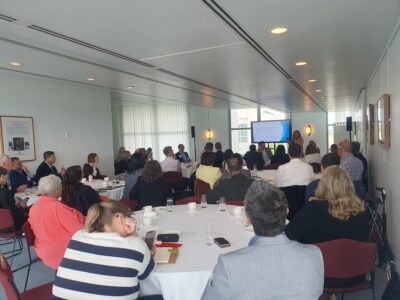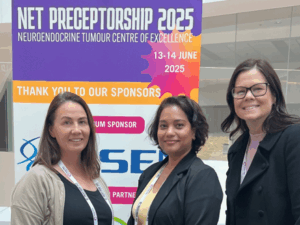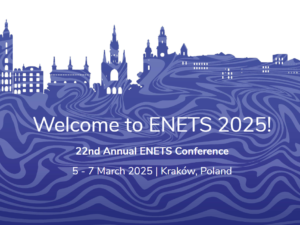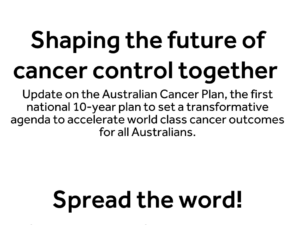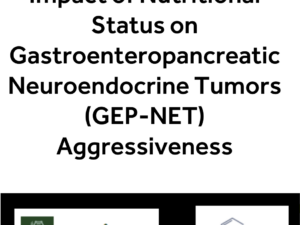What does the latest research mean for Australian NET patients?
Research news from Dana Farber Cancer Institute
We asked NET expert Professor Anthony Gill AM what the “New discovery for pancreatic neuroendocrine tumors (pNETs)” out of Dana-Farber Cancer Institute in the United States, meant for our NET patients.
“Basically, looking only at pancreatic NETS (and not NETs arising from elsewhere), the authors divided the tumours into three groups:
1. Group A: Those that over-express ARX but not PDX1
2. Group B: Those that over express PDX1 but not ARX
(3. Group C: Those that either over-express both ARX and PDX1 or neither ARX and PDX1.)
The paper concentrates on group A and B.
Distant metastasis (virtually) only occurred in the tumours that over-express ARX but not PDX1 (group A).
This is a strong paper, however, there are some methodological problems. For example MEN1 patients are over-represented and may not be representative of PanNETS as a whole. Also group B (good prognosis patients) would have included a high number of insulin producing tumours which present hormonally (rather than oncologically) so have a good prognosis.
They looked for ARX and PDX1 over-expression by a few different techniques. One technique they used was immunohistochemistry. We have a lot of experience with immunohistochemistry and have a large cohort of archived tissue from patients who have previously had Pan-NETS resected. We can therefore deploy this testing on campus (Royal North Shore Hospital).
We have received the ARX and PDX1 reagents from the USA and one of our senior scientists, Ms Adele Clarkson, is working hard to optimize the test. Once the test is working in our laboratory, these historical cases will be tested to confirm if it is a powerful prognostic factor in our hands. If so we will offer the testing diagnostically. This obviously will take a while but not too long – perhaps a few months.”
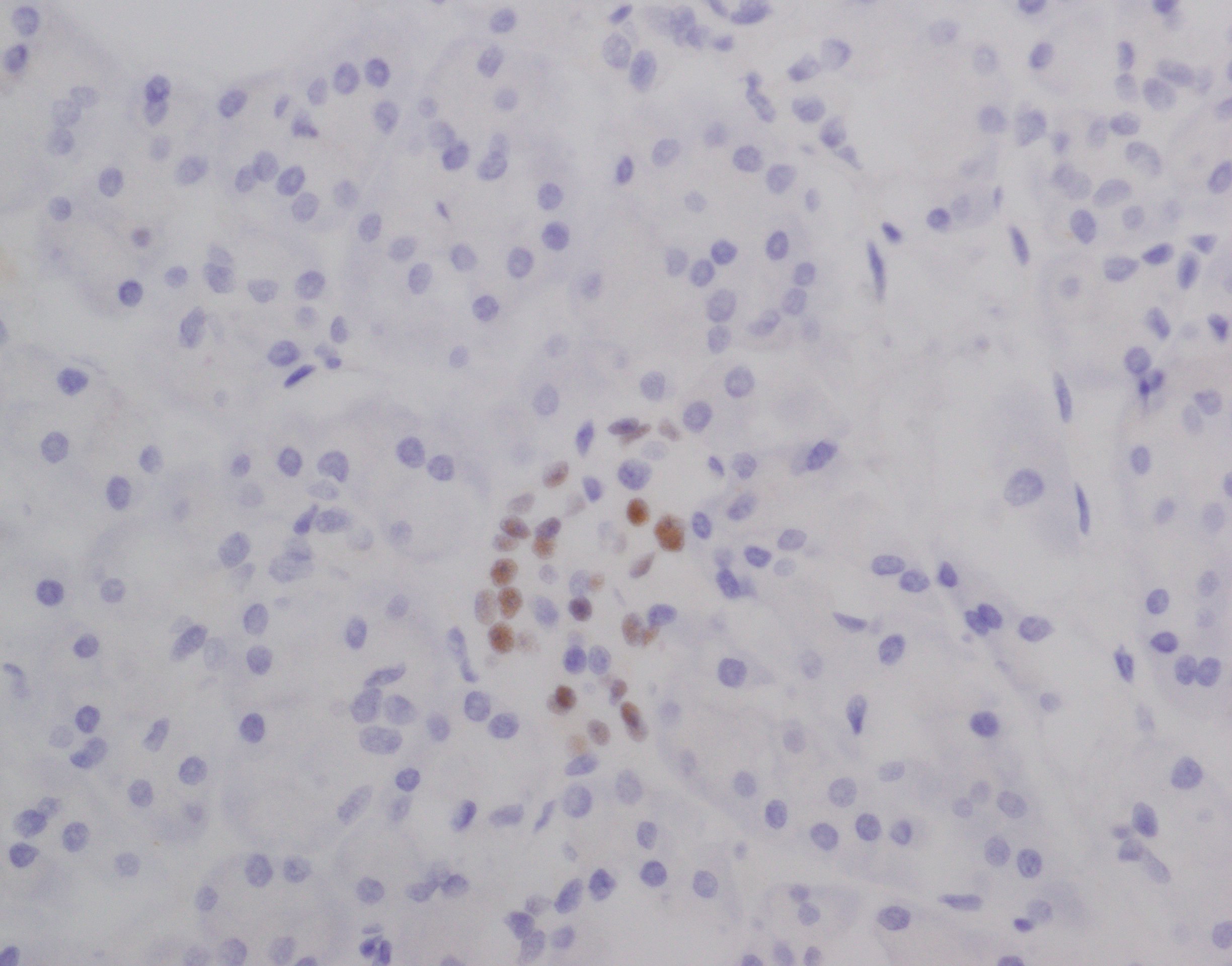
Picture above showing Immunohistochemistry for ARX performed at Royal North Shore Hospital. There is strong nuclear (brown) staining in the subset of cells in the islet of Langerhans that produce the hormone glucagon and are known as alpha-cells. It is thought that tumours arising from these alpha cells have a worse prognosis regardless of whether or not they continue to produce glucagon.
Thank you so much Professor Gill for helping us launch our new “Breaking down the Breakthroughs” section and we look forward to seeing this exciting work done here and being able to be accessed by Australian patients in the future.



